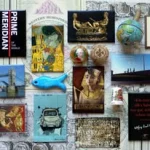It is not just an ordinary rock. Visible from miles around, it is embedded into the wild green nature like a molar into the gum…
Coming through the gardens
The sun was just waking up in our home country when we arrived at the sight. The same sun was sending out its rays from behind the rock here as if they were some secret ciphers. We walked through the garden area, one of Asia’s oldest surviving landscape gardens.
The gardens were built symmetrically, everywhere we could see remains of fountains, lakes, islands, pavements, pools and also traces of garden pavilions… Especially on the right side as the largest part of the left side was still dozing under the sediments of time.
As we were moving straight ahead, the rock was becoming much bigger. At its base, there were traces of the lower palace, some huge stone blocks and small caves where Buddhist monks used to live after the capital was moved.
A group of school children caught up with us. If I should choose the most frequent colours you will meet in Sri Lanka, I would take green – as the colour of the luxuriant vegetation here, and white. White is the colour of Buddhist temples, many Buddha’s statues, offering lotus and jasmine flowers, it is said that even this rock used to be painted in white, but it is also the colour of the school uniforms. I do not understand at all how they are able to keep them so bright and clean. Boys in white shirts and trousers were scrambling forward, every now and then some of the boys slipped (they wore black shoes like for a church visit), his friends laughed and cheerfully jumped ahead. Girls in white dresses were walking more bashfully, they wore cute straw hats, just their big eyes and carefully made plaits were peeping out.
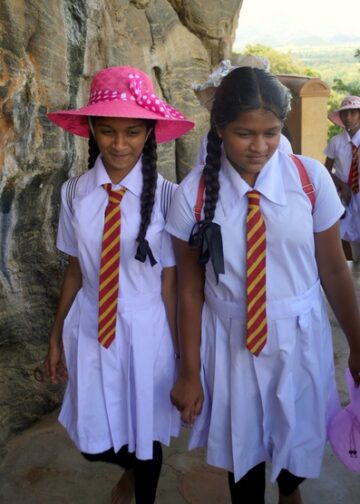 There are 1,200 steps to Sigiriya – I did not manage to count. The first staircase is hard. I was happy when I reached a terrace where I caught my breath again and for a moment I considered to return. But the rock attracts you like a magnet, I am sure prince Kasyapa felt the same way.
There are 1,200 steps to Sigiriya – I did not manage to count. The first staircase is hard. I was happy when I reached a terrace where I caught my breath again and for a moment I considered to return. But the rock attracts you like a magnet, I am sure prince Kasyapa felt the same way.
Game of Thrones
It happened in 477. Kasyapa was the son of king Dathusena with a non-royal woman. Later, the king married a noble woman and their son Moggallana became the rightful heir. Kasyapa did not like that. What is more, there was also a king’s nephew Migara who pushed Kasyapa to seek his father’s treasure. The king let them take him to a lake, he bathed in its water, drank some and shouted: “This is my whole wealth!” And that was the last drop (not in the lake, of course). The offended Kasyapa got angry, murdered his king father by walling him alive and seized the throne. Moggallana fled to India. Kasyapa was afraid he would come back one day, therefore he abandoned the capital and built a new one – on this rock. However, only for 18 years, he enjoyed his new residence. Moggallana finally arrived and declared war against him. In the decisive battle, Kasyapa’s army betrayed him, fled and abandoned its leader. Kasyapa, still on his battle-elephant, took his with precious stones encrusted dagger and slit his throat. According to some other version, he was poisoned by his wife, but a suicide committed by his own dagger is much more spectacular, isn’t it? Even the authors of Game of Thrones could not make it up better. Maggallana seized Sigiriya, abandoned it and moved the capital back to Anuradhapura.
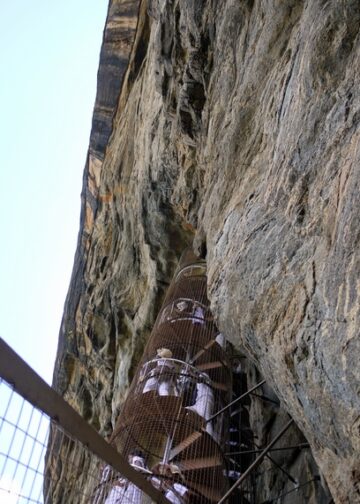 Famous frescoes and the Mirror Wall
Famous frescoes and the Mirror Wall
The school girls with hats climbed the metal spiral staircase as in a closed cage. Then we came together at an unusual gallery. On the wall, ethereal female figures were floating among the clouds. Their breasts could compete in an advertisement for silicone.
Nobody knows exactly who they are. There are 19 of them but originally they were 500 and covered a large part of the western wall of the rock. The author who painted them did not expect that thousands of visitors would come here in the future observing the paintings from such a small distance that they could see some interesting details as well. For example, one lady had her hand in front of her left breast but then the painter changed the position of the hand and tried to hide the original drawing by painting a red blouse.
The creatures are not stiff, depicted with all their facial characteristics. The nymphs wear rich adornments and diaphanous garments. Smiling enigmatically, they hold flowers or trays with flowers in their hands. The delicate three-circled tattoo around their necks evokes the opinion that they are the wives and concubines (apsaras) from Kasyapa’s harem.
 Looking at the half-naked nymphs, the schoolgirls were chuckling while the boys tried to pretend that they don’t care. But in a country where nakedness is not allowed, I am sure they did care. The same like ancient visitors who inscribed or wrote their feelings about the extraordinary meeting with these mysterious nymphs on the near wall. It is called the Mirror Wall.
Looking at the half-naked nymphs, the schoolgirls were chuckling while the boys tried to pretend that they don’t care. But in a country where nakedness is not allowed, I am sure they did care. The same like ancient visitors who inscribed or wrote their feelings about the extraordinary meeting with these mysterious nymphs on the near wall. It is called the Mirror Wall.
It was built more than 1,600 years ago using a special mixture of fine lime, egg whites and honey. In the past, it was polished with beeswax so thoroughly that a picture was reflected there like in a mirror. Who knows, maybe Kasyapa used to look into the mirror of his soul here…
Large walls – both in the old days and today – allure people to write, draw or scribble something on it. It is called graffiti. The Sri Lankan archaeologist Dr Senerat Paranavitana deciphered 685 verses, the most ancient inscriptions are from the 8th century. Their authors gush about the golden skin, rosy palms, rounded shoulders, copper-hued lips and long long eyes of those sensuous beauties.
The Lion Gate
We still were only halfway on. Now, at least one look downwards to the gardens we had walked through before.
The ascent continued to the ancient Lion Gate which gave the name to this place (Sigiriya – Lion Rock). The gatehouse must have been very massive, a giant lion statue (35 m) was supposed to guard the entrance, once, it was possible to enter the inmost sanctuary of the royal city through his chest. Today, only two huge paws remain.
It was good that we could rest a little bit here because we needed to gather our energy for our biggest challenge – the final ascent to the summit. The narrow steel gantry is directly fastened to the rock and the zig-zag stairs led somewhere very high into the sky.
We could still see the grooves carved into the rock to provide the footing for the original ancient staircase.
The sun was burning hot, I could feel the salty sweat on my whole body. Finally, when I – using all my strength – reached the summit, an elliptical plateau of 1,5 hectares spread in front of me. This was the citadel of king Kasyapa. High, almost touching the sky. An amazing place with a breathtaking 360-degree panorama of the surrounding countryside.
The ruins represent just about 20 % of what once stood here. This place was both a palace and a fortress. Everything was thoroughly designed, it is one of the best-preserved examples of ancient urban planning in the world!
I came to the stone throne on the eastern side. I could still see the holes for columns that once supported a canopy to provide shade for the king. From here, the king spent evenings watching theatre performances – many ancient traditional Sinhalese plays were first performed here. But I rather would like to know how many sunrises did Kasyapa watch from his throne? And what thoughts ran through his brain? He was ashamed of his father’s murder and could not find consolation for his guilty conscience. Although he possessed everything, he lived in splendid isolation on the high rock with a hard approach. Well, as Buddhists say: Luxury is the poverty of rich people…
Some historians say that Sigiriya was a place of pleasure, a place of Tantric sex. Whether it was like that or not, anyway, the city was abandoned after Kasyapa’s death. Wooden buildings crumbled, only stones and bricks remained. Slowly it was consumed by the forests. Sigiriya was rediscovered in 1827 by Jonathan Forbes, a young British army officer, and his friend George Turnour. Serious archaeological work began in 1895.
Climbing down was not as strenuous.
Like models marching on a fashion show, the schoolgirls with hats were coming down from the ancient residence of their ancient king who managed to build his vision on the top of a huge rock.
Just a last look at the places where we were climbing up. At the magic rock.
I am sure that Kasyapa did not choose it just because he was afraid of his step-brother. Building his residence so high in the sky, he tried to touch the sun or stars and in that way to manifest to everybody that he is the all-powerful king, and maybe a god as well. But Sigiriya also proves that nobody can run away from his conscience and that his every bad deed will finally catch up with him…
General tips:
* the best time to climb up: early in the morning or late afternoon, from January to March
* it is not suitable for people who are suffering from fear of heights. The older I am the more I also have an unpleasant feeling from heights. I recommend not to look under your feet, especially not in the narrow gaps between the metal plates. It made my head spin at one moment…
* shoes: trekking sandals or light-sport shoes
* do not forget sun cream and something to cover your head!
* it is forbidden to take pictures of the frescoes and Mirror Wall. Also, it is strictly forbidden to scribble on the Mirror Wall.
* there are several signs for keeping silence because of wasps. Anyway, we did not see any.
* take drinking water with you. It is not possible to buy any refreshments during the climb. There are no toilets within the site – but never mind, anyway you will sweat everything out!
* visit the museum at the entrance to the area. We could see old pictures with some archaeologists and adventurers on provisional ladders, what an adrenaline adventure it must have been! There are also some pictures of the strenuous restoration of the frescoes after their damage in October 1963 committed by puritan zealots or vandals or local shop owners whose shops were planned to be relocated from the historic site. Two frescoes were lost forever and the other 15 were covered with green paint.
This may also be interesting to you:
Dambulla – My First Meeting with Buddha
Text: © Copyright Ingrid, Travelpotpourri
Fotos: © Copyright Ingrid, Travelpotpourri
Sigiriya, Sri Lanka

 TRAVEL
TRAVEL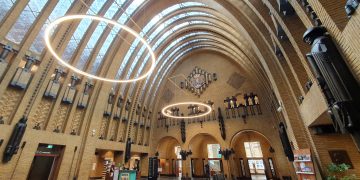
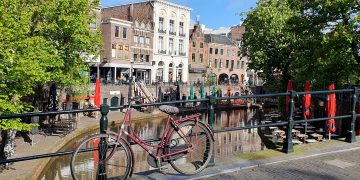
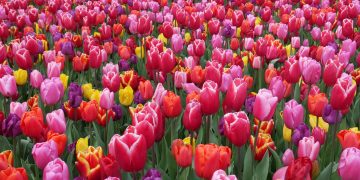

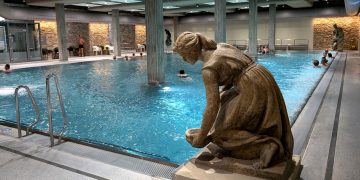
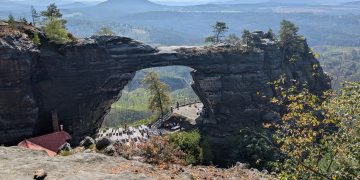

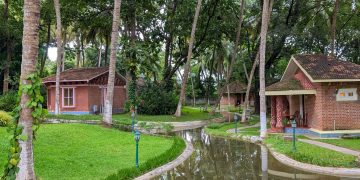
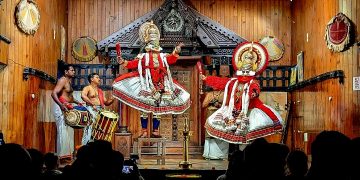
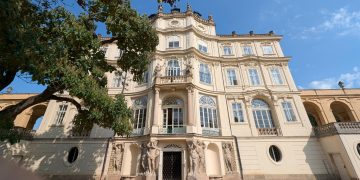
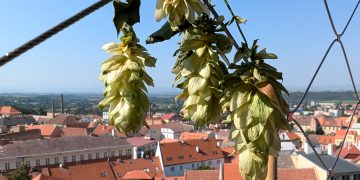

 RECIPES WITH A STORY
RECIPES WITH A STORY
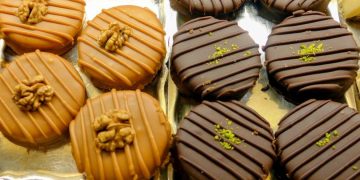









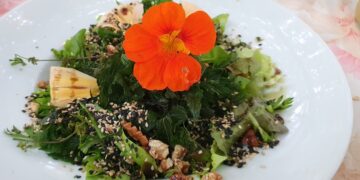
 AUSTRIA-VIENNA
AUSTRIA-VIENNA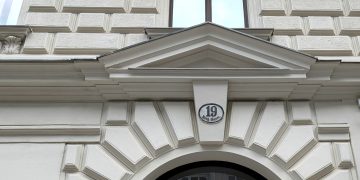
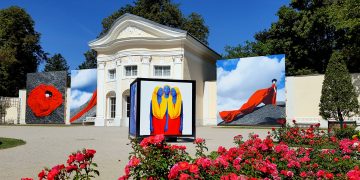

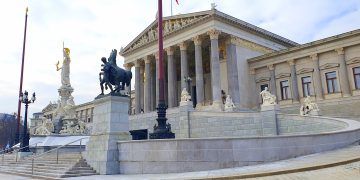
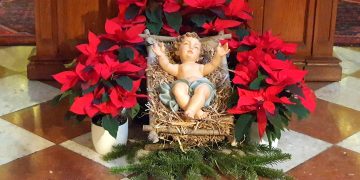

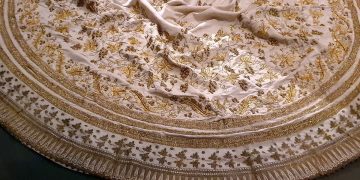
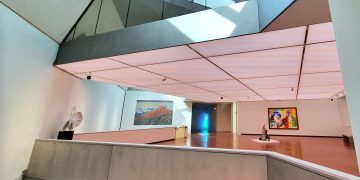
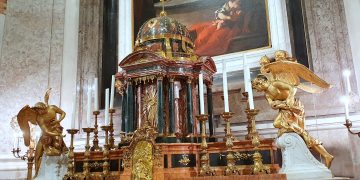
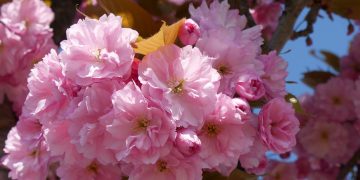
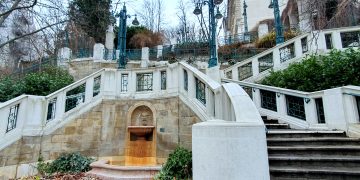

 SLOVAKIA-BRATISLAVA
SLOVAKIA-BRATISLAVA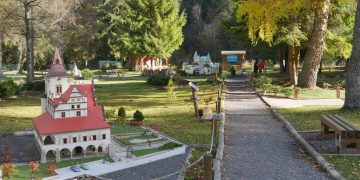
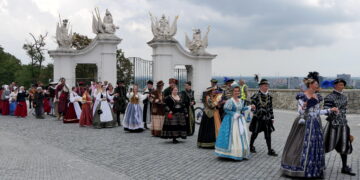


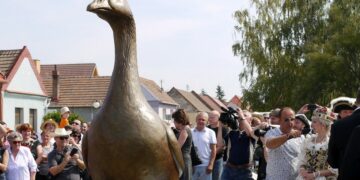

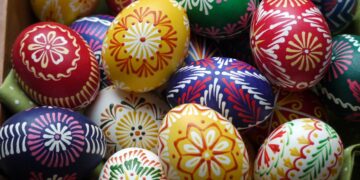
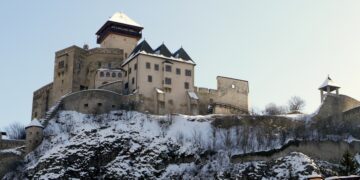
 EVENTS
EVENTS
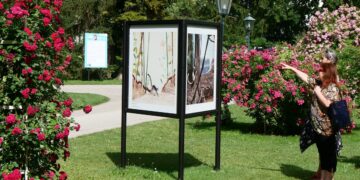
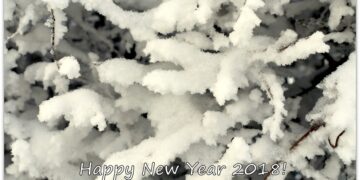
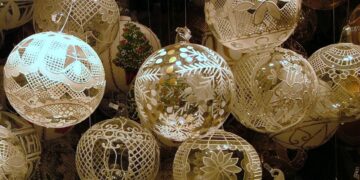
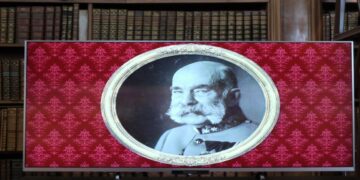
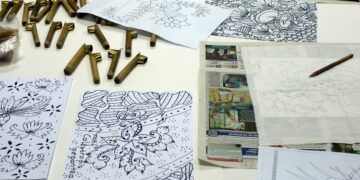


 INTERVIEWS
INTERVIEWS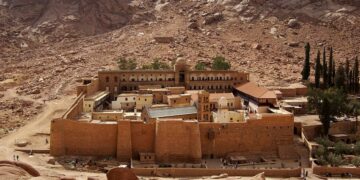

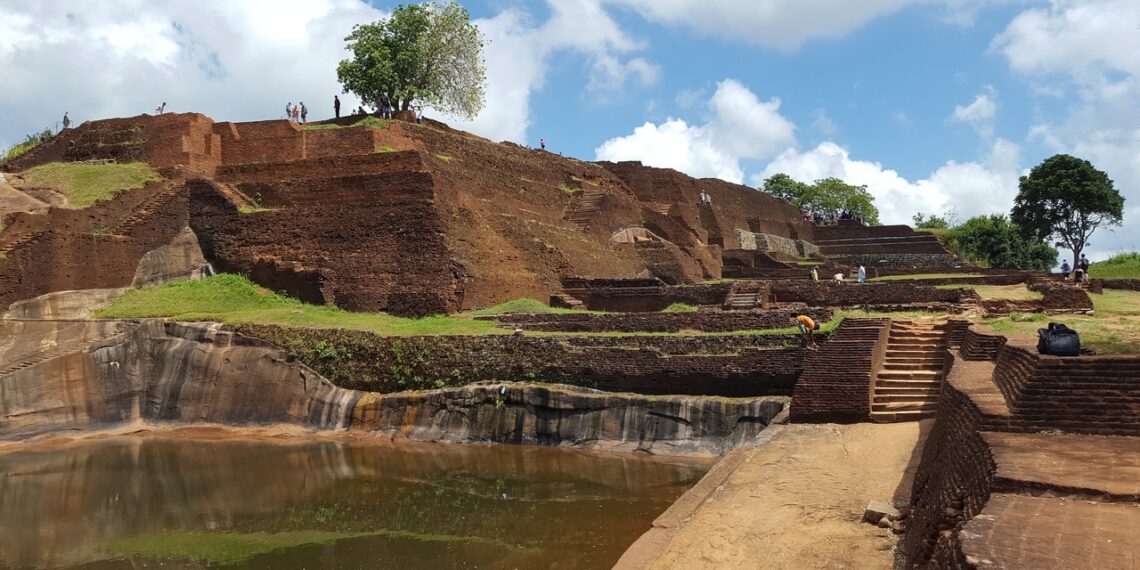

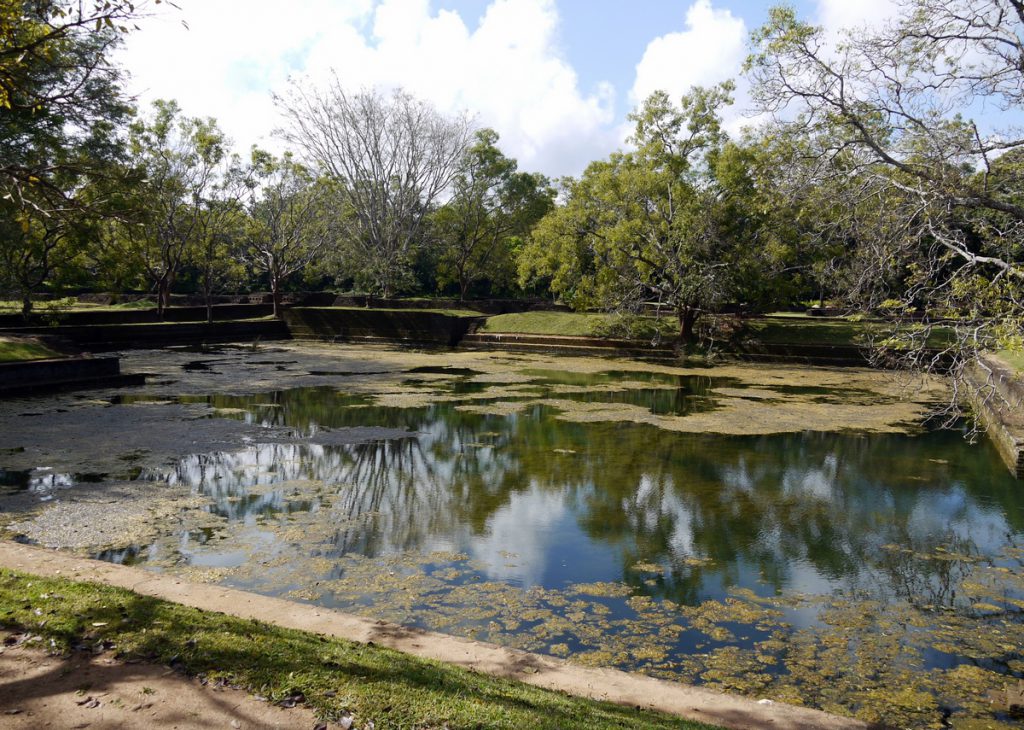
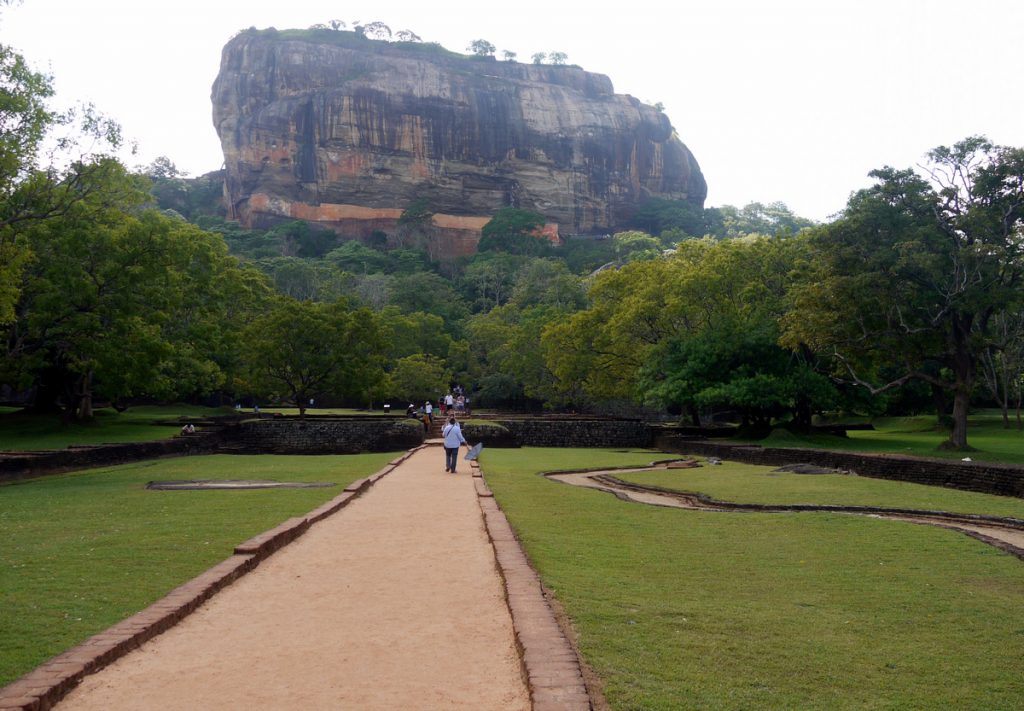
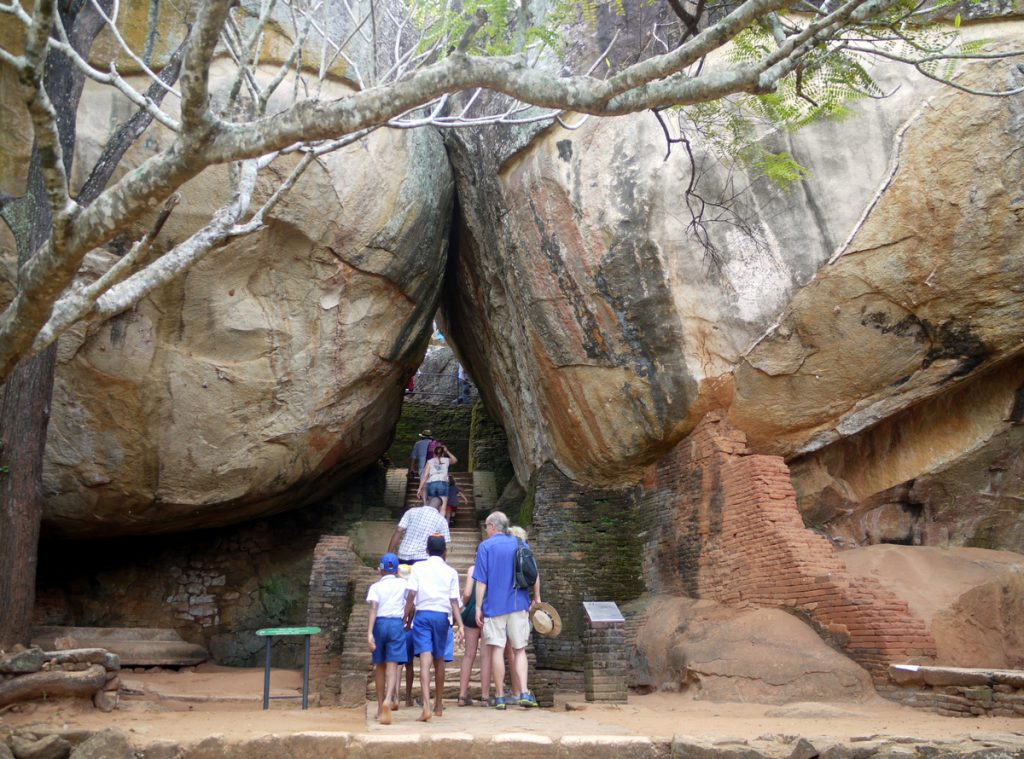


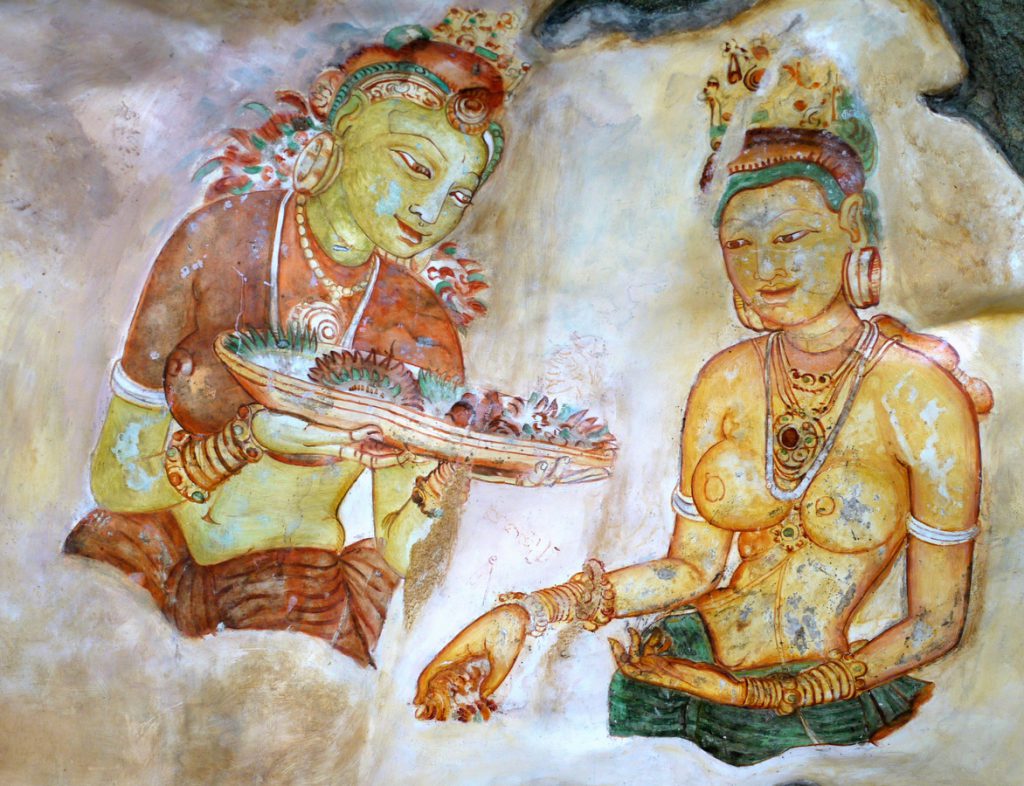
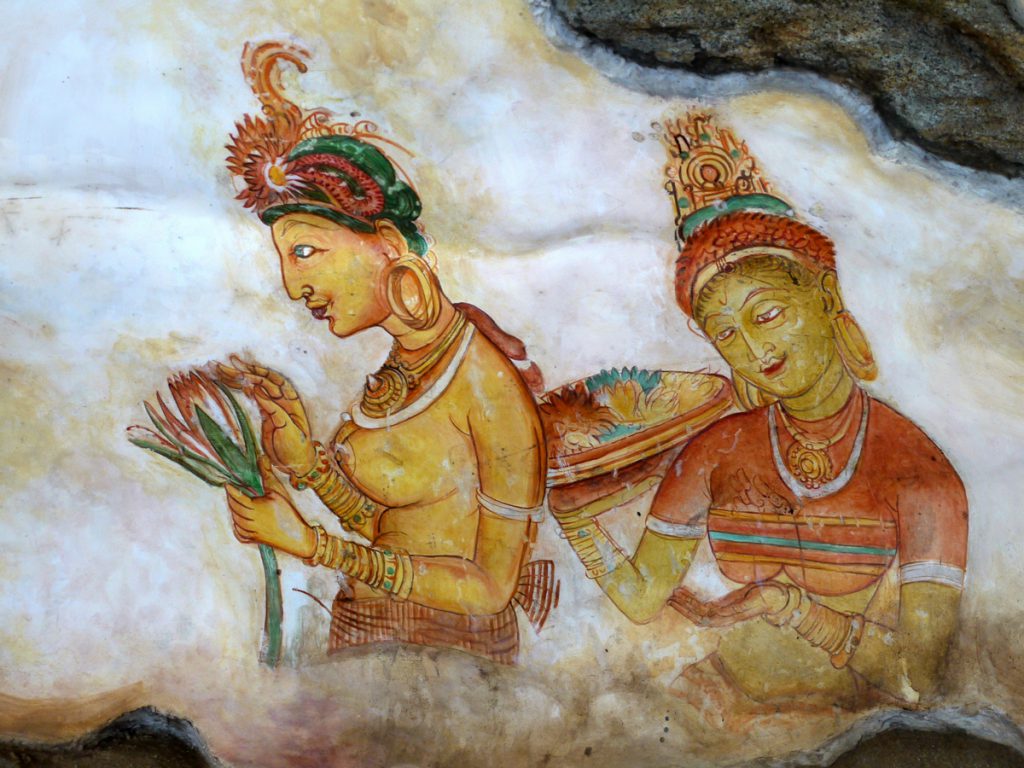
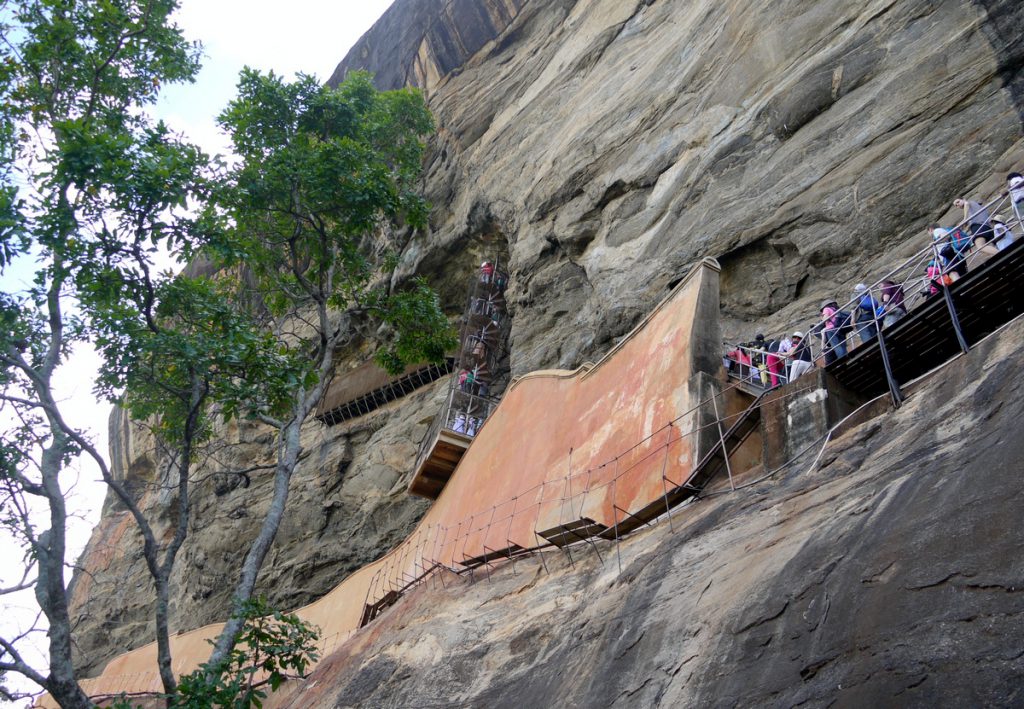
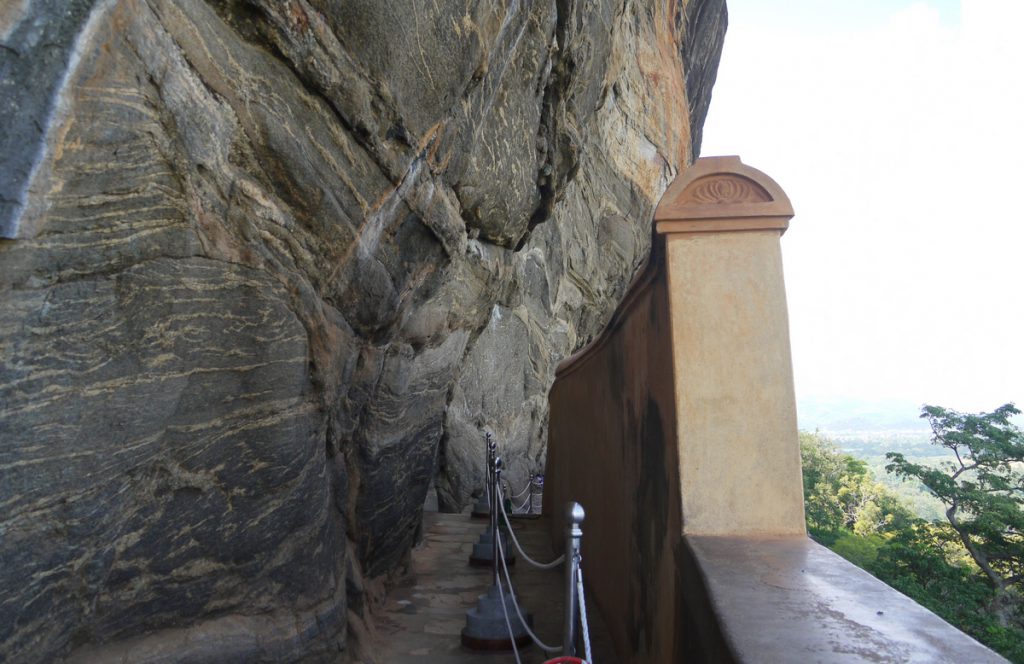
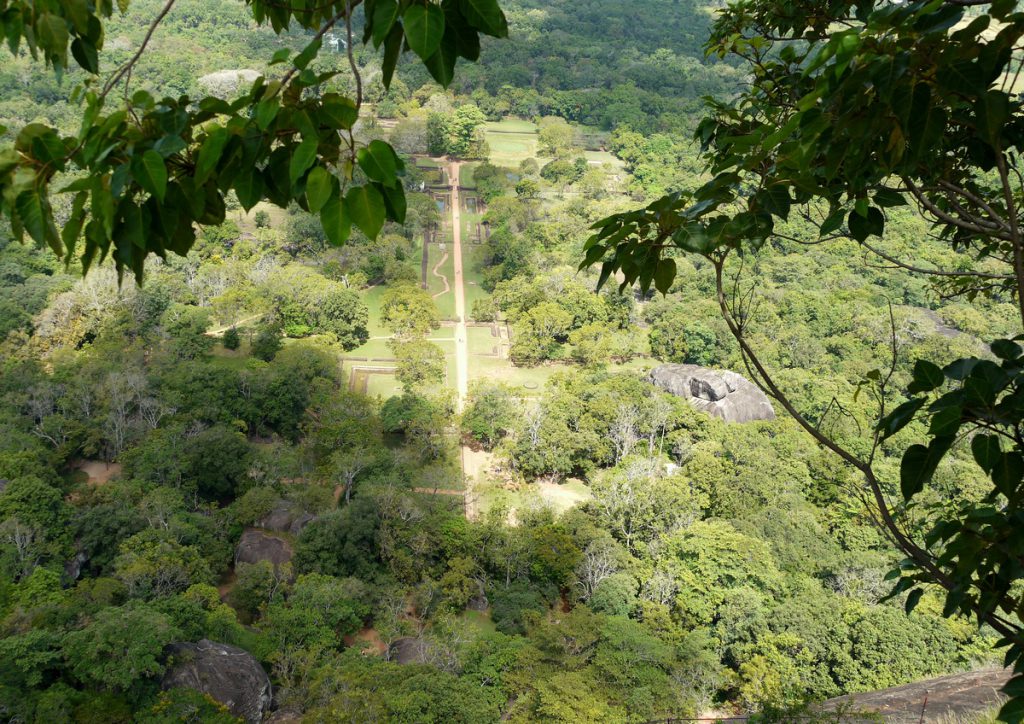
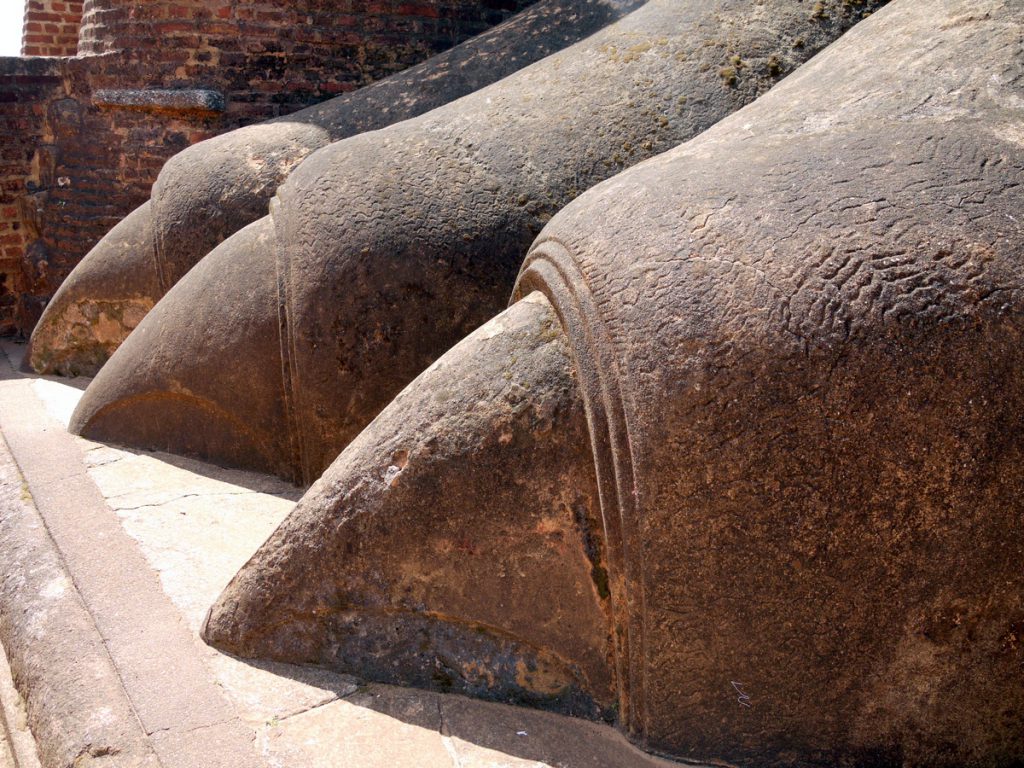
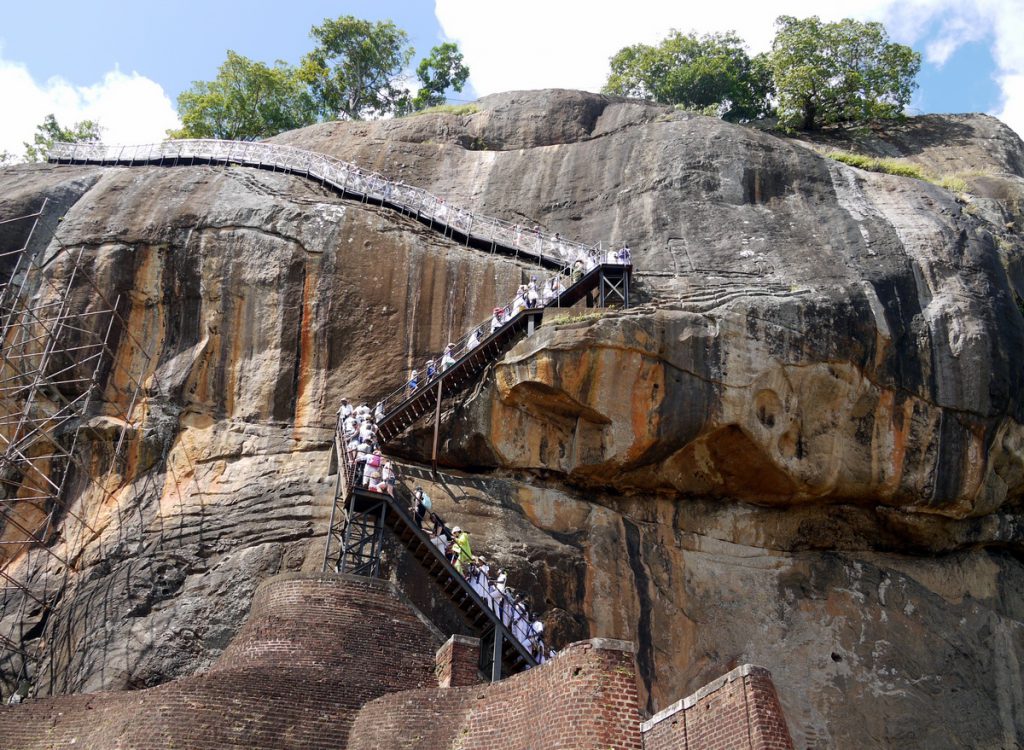
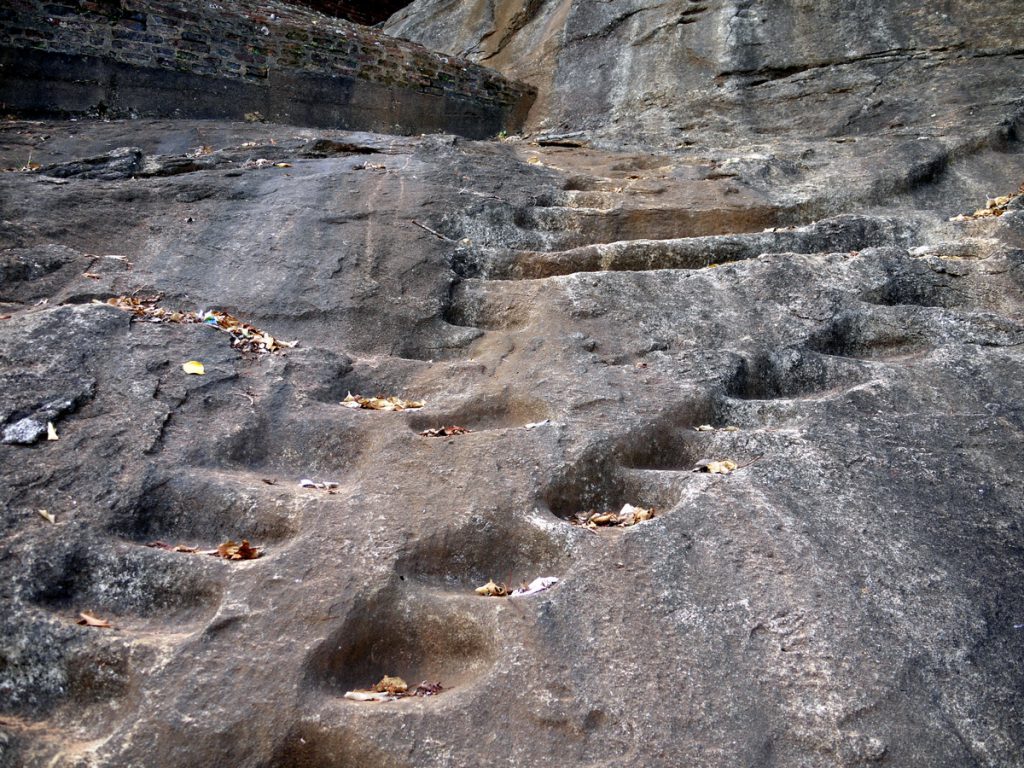
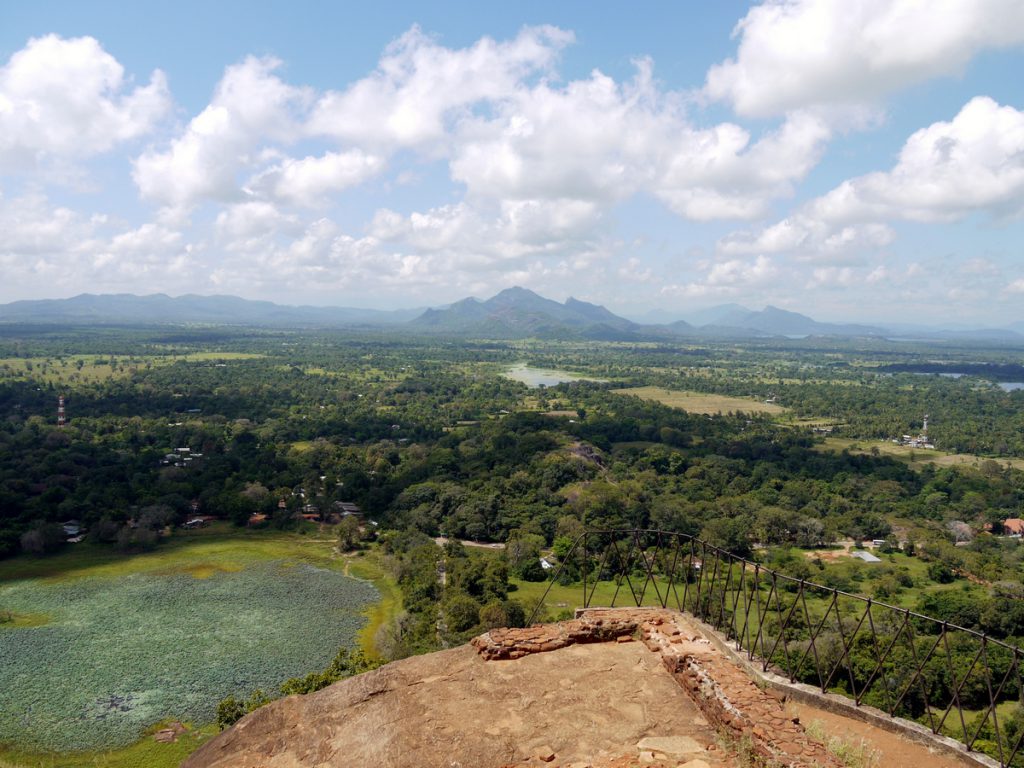
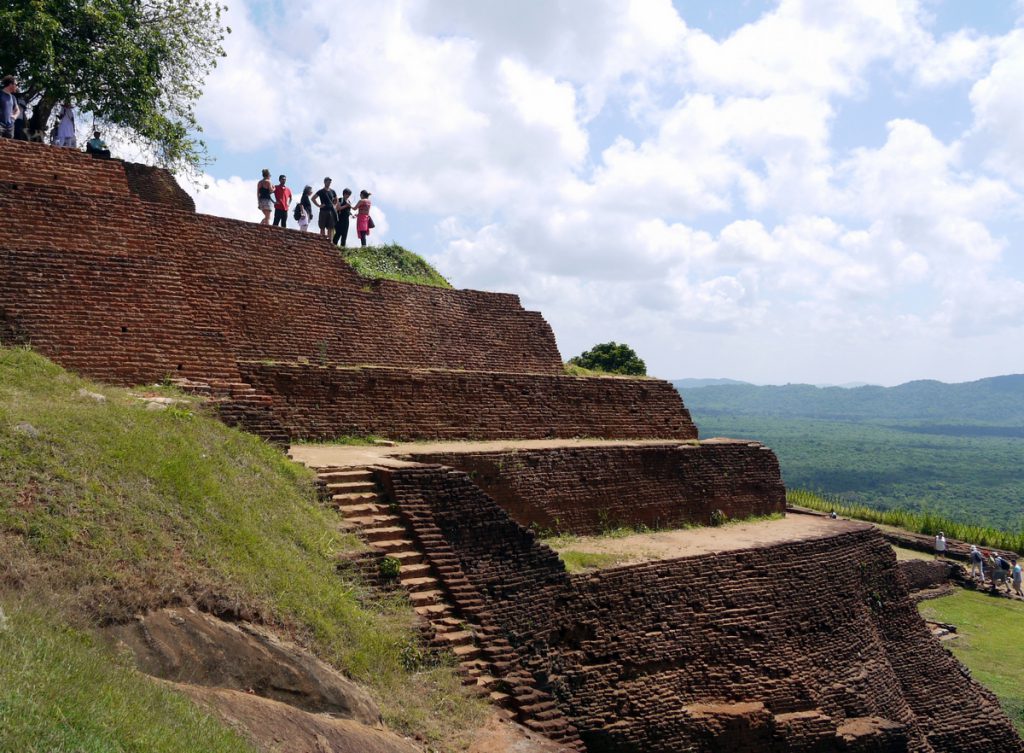
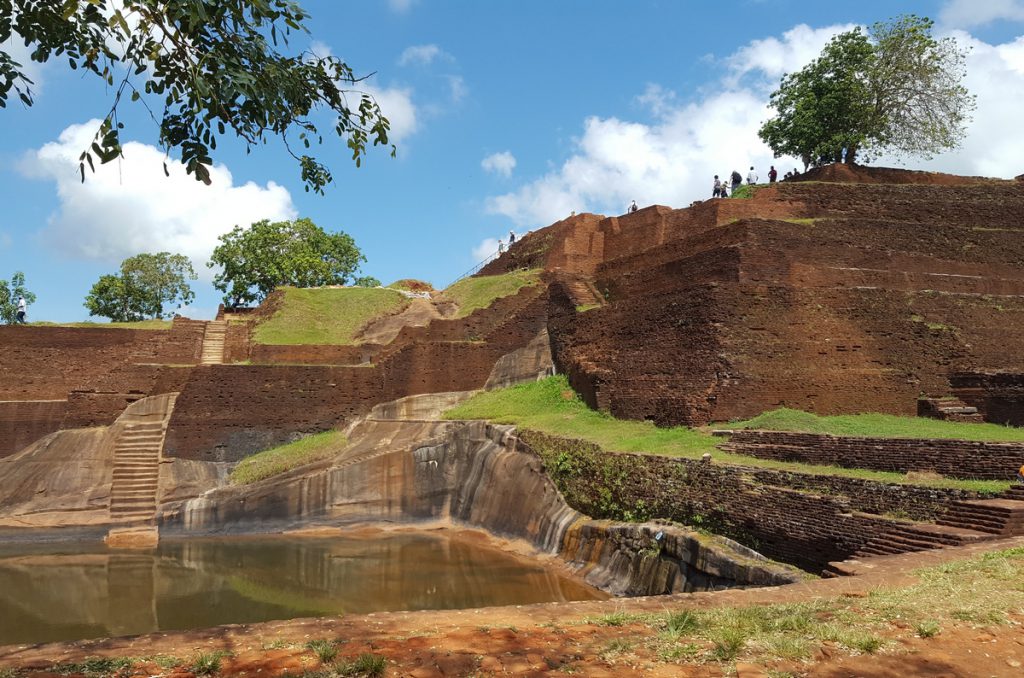
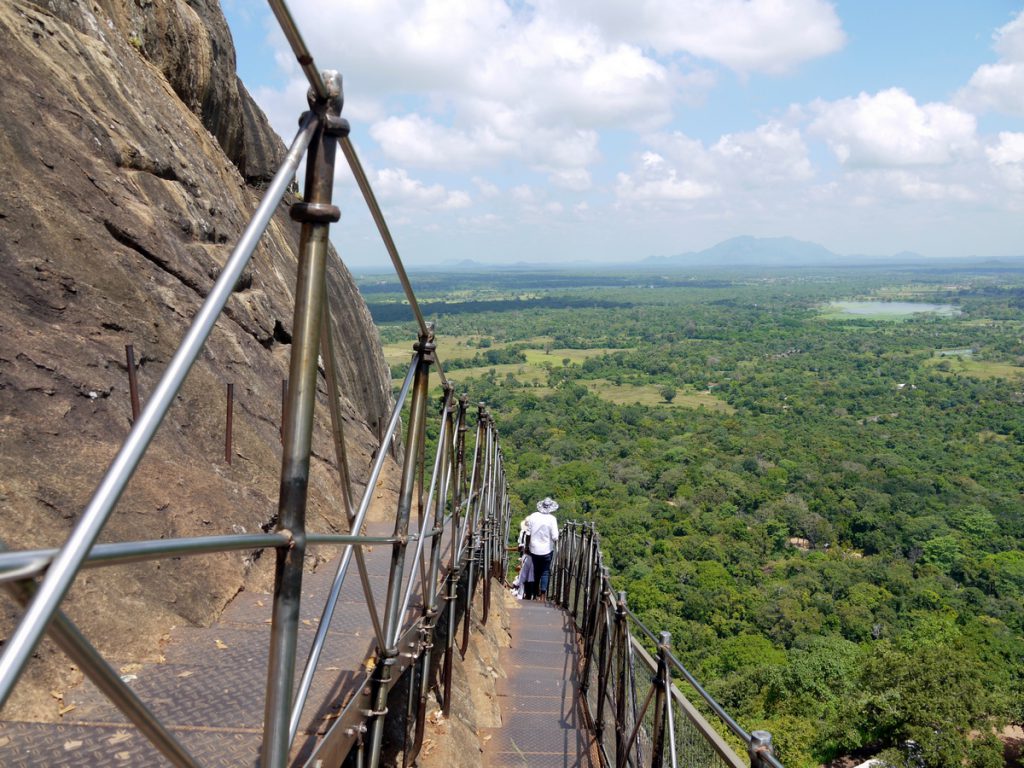
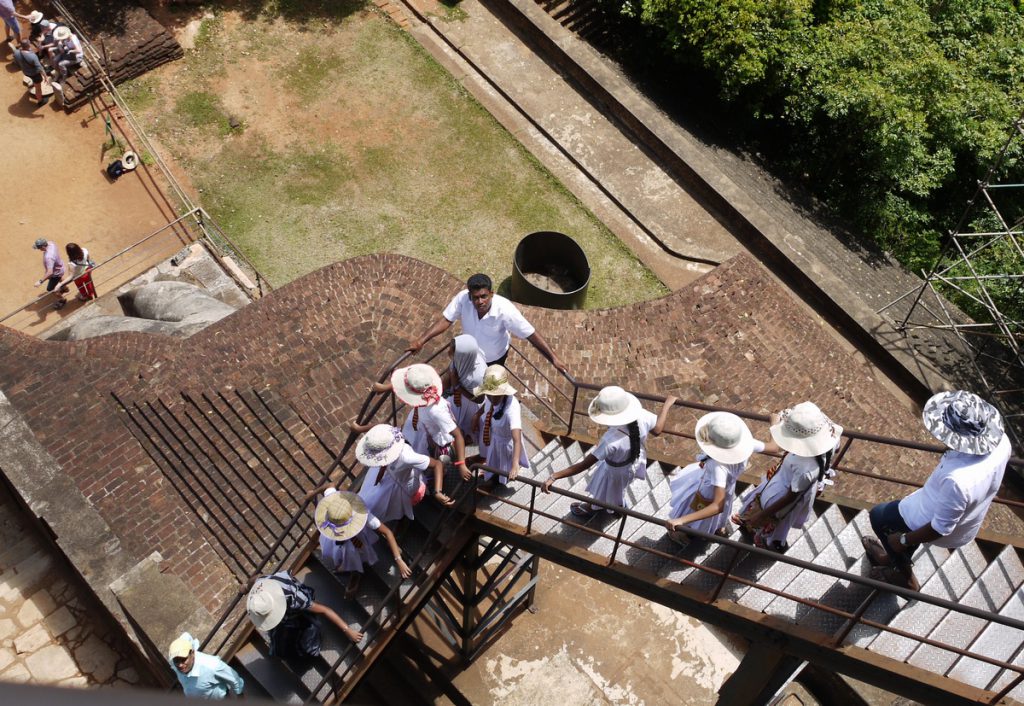
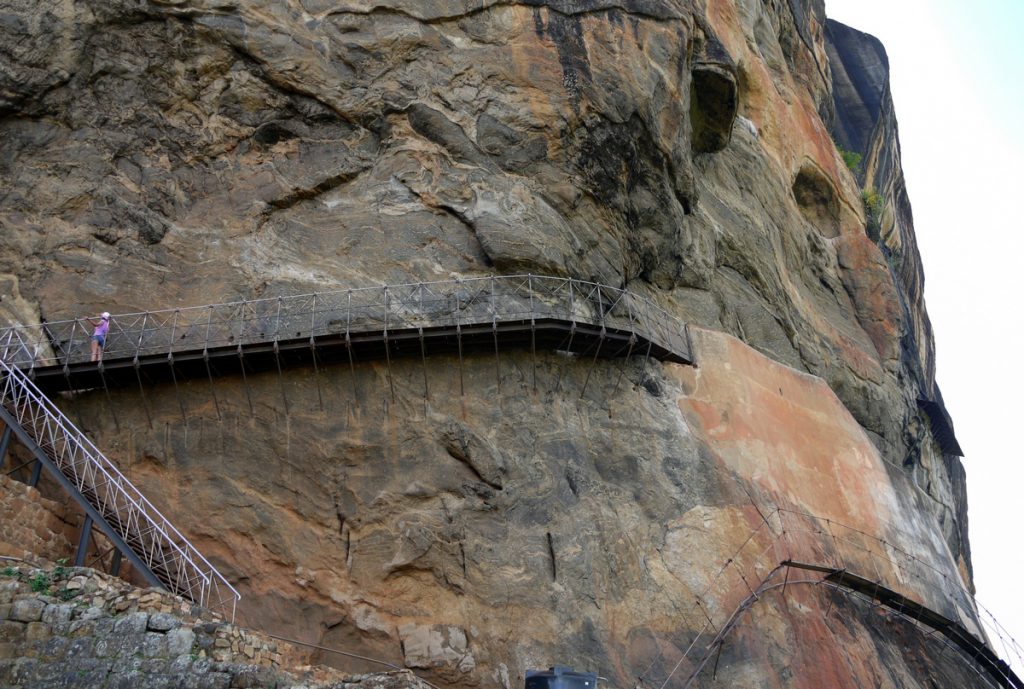
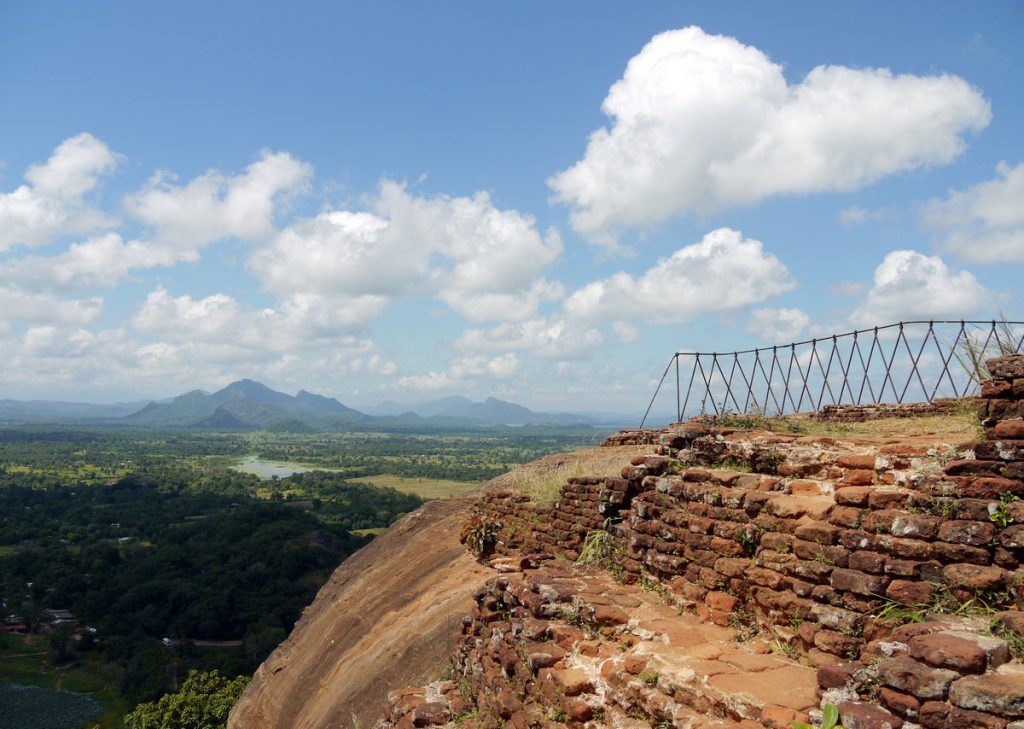
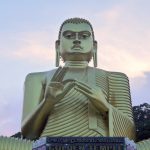





 Dambulla – My First Meeting with Buddha
Dambulla – My First Meeting with Buddha Ears – A Specialty from Štramberk (Czech Republic)
Ears – A Specialty from Štramberk (Czech Republic)

